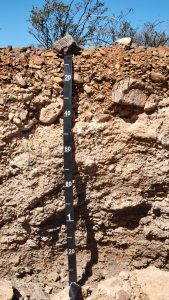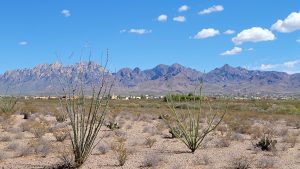3 Soil Horizons and the Soil Orders
In this chapter, we’ll first discuss labels used to identify different kinds of soil horizons. We’ll then look at the soil orders, the twelve major groups into which all soils can be classified. Note that both horizon labels and soil orders discussed here are specific to the US Department of Agriculture system for describing and classifying soils. This system is also used or at least understood in many other parts of the world, but there is another major system developed in Europe that is also widely used. In addition, many countries have their own national soil classification systems.
Labels for Soil Horizons
Soil horizon labels start with an upper case letter, including O, A, E, B, C, or R. Lower case letters are then added to characterize the horizon in more detail. For example, a Bk horizon is a subsoil horizon (B) in which calcite has formed (k). We will cover all of the upper case letter labels here, but only a few examples of the lower case labels. You will also often see numbers attached to the letter labels, for example Bk1 and Bk2. In that case, these are labels used to identify two subsoil horizons with calcite accumulation, one above the other, which differ in some property like soil structure. We won’t cover the use of numbers here.
Upper case labels for soil horizons are as follows:
O Organic layer, dominated by organic matter rather than mineral material. Can be a thin layer of leaf litter at the surface, or a thicker horizon, usually in the Histosol order
A Topsoil, has often accumulated organic matter but is still dominated by mineral material. Usually at the ground surface unless it is buried by sediment deposition
E Eluvial horizon, that is, one that has lost clay, iron minerals, or organic matter. The materials lost have moved downward to underlying horizons.
B Subsoil horizon, often also an illuvial horizon, which has gained clay, iron and aluminum minerals, organic matter, calcite, or other materials from overlying horizons
C Parent material, the sediment or weathered rock that the soil developed in.
R Solid rock if it occurs within the soil profile that is described
Here are two examples of soil profiles with major horizons labeled.
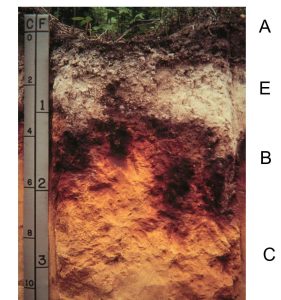
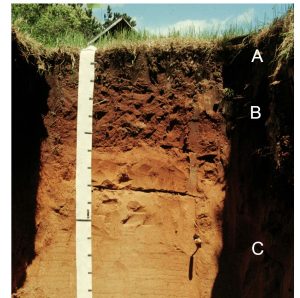
And here is an example of using lower case letters to be more specific about horizon characteristics
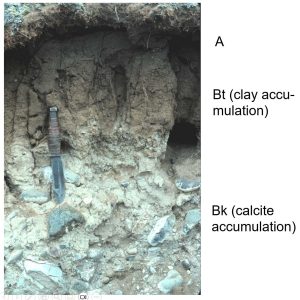
Soil Orders
In the USDA soil classification system, all soils can be placed in one of 12 soil orders. Soil orders have been added over time, and there are some additions now in progress, so in the near future there could be 13 or more soil orders.
The twelve soil orders are as follows. We will focus here on the first eight (in bold), which are widespread in the continental US. Except for Ultisols and Aridisols, these eight are also common in Wisconsin.
- Mollisols
- Alfisols
- Ultisols
- Spodosols
- Histosols
- Entisols
- Inceptisols
- Aridisols
- Oxisols
- Vertisols
- Andisols
- Gelisols
For many of these orders, we can identify the factor(s) of soil formation that are most important for them. These five factors, which influence the processes of soil formation, are the following:
- climate
- organisms (vegetation, animals, others)
- topography
- parent material
- time (how long the soil has been forming)
Mollisols are soils with thick, dark-colored, organic matter-rich A horizons, formed mainly in grasslands of the midlatitudes. The key factors responsible for Mollisol formation are climate and organisms. Dry, but not desert-like climates favor grasslands. The cooler climates of the midlatitudes lead to slower organic matter decomposition, so more accumulates in the soil. Grass roots are often dense and deep, and add lots of organic matter well below the ground surface. Burrowing animals are common in grasslands and mix organic matter downward in the soil, also helping to create the thick, dark A horizon. Humans are indirectly responsible for some major areas of Mollisols, through the use of fire that favors grassland over forest.
Mollisols are the soils of the tallgrass prairies that were once widespread in southern Wisconsin and other Midwestern states. There are patches of Mollisols under forests in parts of the Midwest, probably areas of former prairie that were recently occupied by forest. Mollisols also occur across much of the Great Plains in the US and Canada, and in grasslands of the Rocky Mountains, California, Oregon, and Washington. Mollisols are the predominant soils of the grasslands of Eurasia, from Ukraine eastward to southeastern Siberia and northeastern China. They are less common in grasslands of the subtropics, though some do occur there.
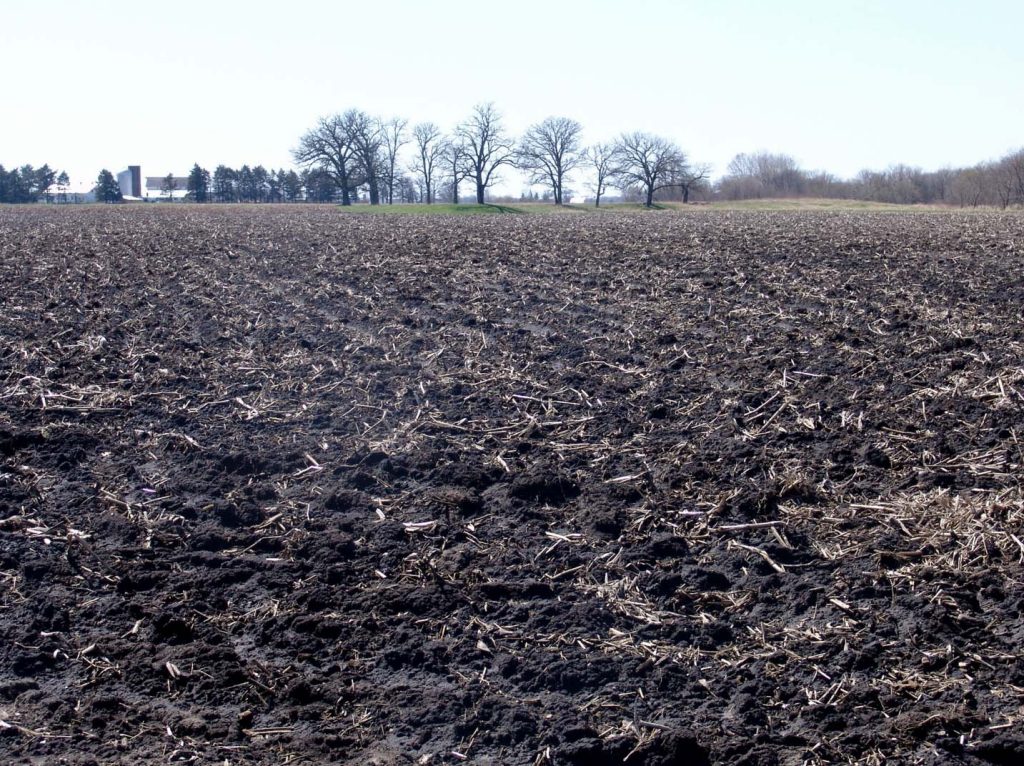
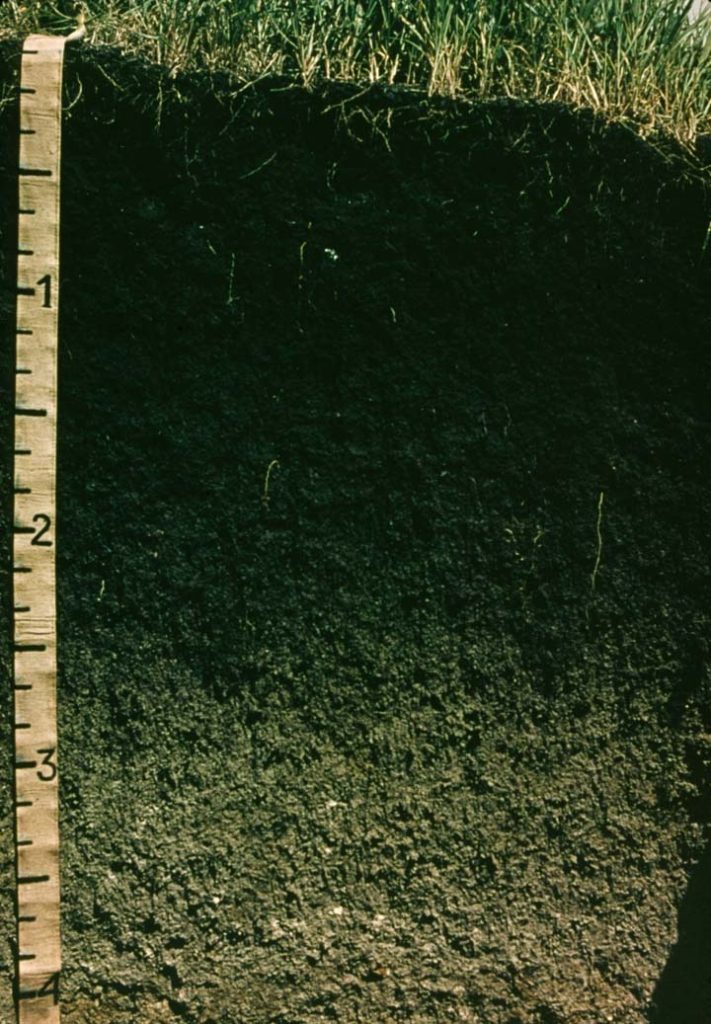
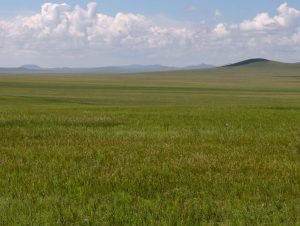
Alfisols are distinguished by a thin A horizon, with an E horizon below it that has lost clay. The clay has moved downward to form a clay-enriched B horizon (more specifically labeled Bt). Important factors in Alfisol formation include climate, vegetation, and parent material. Most are forest soils, which helps explain the thin A horizon: Under forest, more organic matter is added at the ground surface than in grasslands, mostly through leaf fall. Forest soils are also less commonly mixed by burrowing animals. Some Alfisols do occur in grasslands, often where the production of biomass is relatively low, which limits development of a thick organic matter-rich A horizon.
The downward movement of clay requires enough rainfall to infiltrate into the soil and carry clay particles into the B horizon, although some Alfisols occur in semiarid climates. The soil pH is usually at least mildly acidic in Alfisols, which favors clay movement, and higher precipitation drives faster acidification of the soil. Finally, the parent material must contain enough clay to form a distinct clay-enriched B horizon.
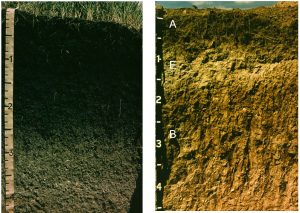
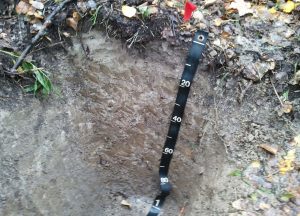
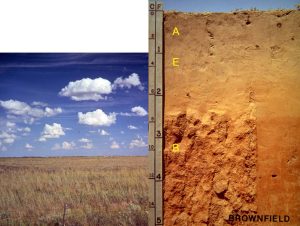
Ultisols are similar to Alfisols and also have clay-enriched B horizons. However, they are much more weathered and acidic than Alfisols. Factors influencing their formation included climate and soil age. Ultisols are generally in warmer climates than Alfisols, which leads to greater weathering and acidification in the Ultisols. Ultisols are also often much older soils than Alfisols, so there has been more time for them to become acidified.
Ultisols are common in the southeastern US, and in the subtropics and tropics worldwide, most of them formed under forest. Because of the their acidity and degree of weathering, Ultisols are often not productive agricultural soils without addition of nutrients. Today, this addition often occurs through fertilizer applications, but an older method was to farm these soils for several years and then let forest grow back, which eventually restored some nutrients.
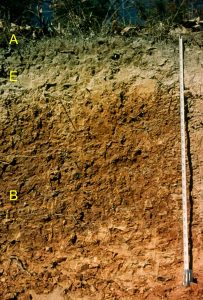
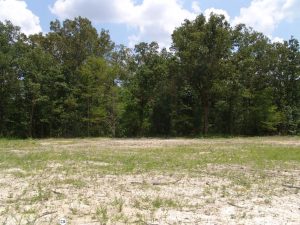
Spodosols are all forest soils. Like Alfisols and Ultisols, they have thin (or no) A horizons over distinct E and B horizons. However, in Spodosols the B horizon has accumulated iron, aluminum, and organic matter, not clay. Because of these materials (especially the iron and organic matter), Spodosol B horizons have a distinctive reddish brown color. The important factors here are climate, vegetation, and parent material. Spodosols form in relatively wet climates. While most are at mid- to high latitudes in North America and Europe, they also occur in sandy parent materials in the tropics and subtropics. Forest vegetation is also important. Finally, Spodosols most often have sandy parent material with low clay content, reducing the amount of clay that can move to the B horizon. Instead, iron, aluminum, and organic matter become mobile under acidic conditions, and are carried downward by water flowing through the soil after rainfall or snowmelt. Spodosols are relatively unproductive soils for agriculture, and many remain under forest.
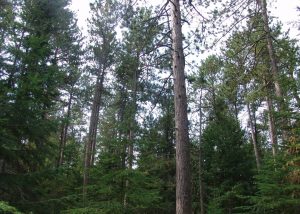
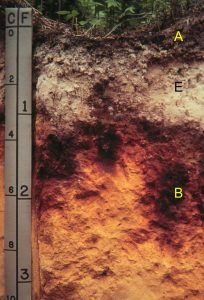
Histosols are soils dominated by organic matter, although they usually also contain some mineral material as well. Common names applied to Histosols include peat and muck. The major factor in Histosol formation is topography, specifically topography that creates wetlands. In Wisconsin, for example, depressions left by melting glacier ice often contain wetlands with Histosols. In wetlands, the water table is usually at or near the ground surface, so the soil is saturated. The microorganisms that usually break down organic matter are not able to function very effectively in saturated soil, so organic matter accumulates instead of decomposing. Eventually, much of the soil profile is made up of organic matter, which has often accumulated over thousands of years. Histosols can occur in almost any climate, and there are even a few in deserts, where water comes to the surface at springs for example. These soils can form under a wide range of vegetation.
Organic matter in Histosols worldwide contains much of the total amount of carbon stored in soils. Disturbance of Histosols can lead to release of that carbon into the atmosphere, potentially driving faster global warming. In many parts of the world, including Wisconsin, Histosols have been drained and are used to grow specialized crops like carrots and onions, or sod for landscaping. When these soils are drained, by digging ditches or using drain tiles (tubes underground that carry away water), the organic matter in them can break down rapidly. Eventually the soil surface will sink as the organic matter is lost. Drained peats are susceptible to fires, which destroys the organic matter and releases carbon as well. Histosols are also destroyed by mining peat for use in growing and shipping landscaping plants. Finally, climate change itself can lead to loss of Histosols, as the organic matter in them decomposes faster at higher temperatures.
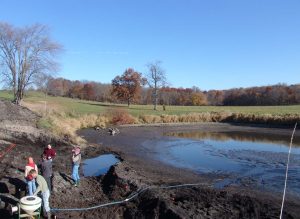
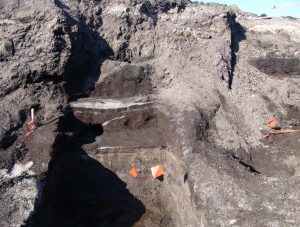
Entisols are very weakly developed soils. They typically have only A and C horizons. B horizons have not developed because of the parent material or the age of the soil. Soil development is very slow in some parent materials, such as pure sand deposits. Young soils in many kinds of parent material often have not had time to develop B horizons. Entisols occur in all climates and vegetation types and in all land areas of the world. The largest areas of Entisols in Wisconsin are on the Central Sand Plain.
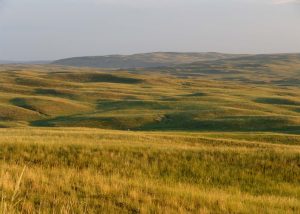
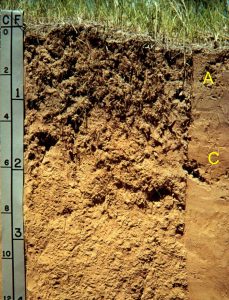
Inceptisols are also weakly developed soils, but they have B horizons. Those B horizons are not very well developed, and have not accumulated much clay or other material; they often only differ from the C horizon because of color or structure. Like Entisols, Inceptisols are mainly in places where there has not been enough time for much soil development, or soil formation is limited by the parent material. Steep slopes where erosion removes soil almost as fast as it can form are good places to find Inceptisols. They can occur in all climates and all types of vegetation.
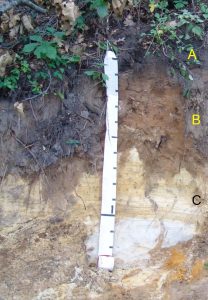
Aridisols are well-developed soils of the world’s deserts. The major factors involved are climate, soil age, and topography. Entisols and Inceptisols are also common in deserts, but Aridisols are located where the landscape is relative flat and erodes very slowly, and therefore soils have had a long time to form. Under these conditions, Aridisols with well-developed B horizons can form, over tens to hundreds of thousands of years. These B horizons often have accumulated calcite, sometimes enough to cement the soil so it is similar to a rock. Some Aridisol B horizons can be clay-enriched. The clay may have been moved downward during past periods when the climate was wetter.
